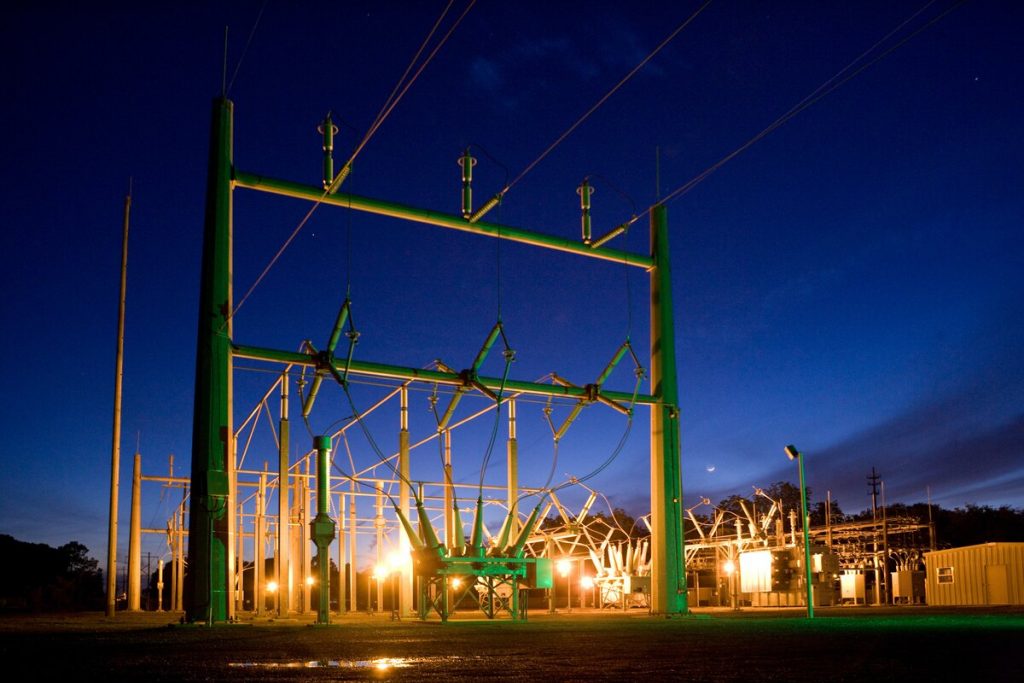It is vital to select the right Plug In Illinois energy provider. The state’s deregulated market permits consumers to compare rates, plans, and perks to find the best energy provider that meets their requirements. It is crucial to keep in mind that rates differ according to location and the company you choose. This means that even if you are satisfied with your current provider, you may be able to save money by switching to a better one.
Illinois was one of the first states to deregulation. Since 1997, residents and businesses have the option to select a provider. Illinois legislators passed the Illinois Electric Service Customer Choice and Rate Relieving Law in 1997.
Illinois energy deregulation was intended to help consumers save money on their energy expenses. The market has become saturated by energy companies. Nearly 90 providers are available in the state. A lot of these providers provide different rates plans. A majority of these companies offer partially and fully renewable energy plans. Some offer freebies, like a free home energy audit, or a Google Nest.
In addition to the many energy providers available in Illinois The state is also working to develop a more sustainable energy economy. The Illinois Clean Jobs Bill, first introduced in 2015, sets out ambitious goals for the state. It is aiming to make Illinois 100 renewable energy by 2050. The state is also trying to transition from a linear to a circular economy.

The Illinois Commerce Commission monitors the wholesale prices of gas and electricity, as well as public utility rates. However the Energy Infrastructure Modernization Act, passed in 2011, was designed to encourage a more progressive ratemaking approach. It requires utilities to make improvements to their performance in order to be eligible for rate relief. The process also makes utilities accountable for implementing those improvements.
Illinois is also an important center for crude oil and natural gas. In fact Illinois is one of the most renowned soybean and crude oil producing regions in the U.S. It also has the second-largest coal reserves in the United States. A small amount of renewable energy forms part of the state’s energy supply. It will take a few years for the state to fully develop its renewable energy sources.
The Illinois Renewable Portfolio Standard (RPS) requires that 25% of the electricity produced in the state come from renewable sources by 2025 to 26. Ameren Illinois, the state’s largest electricity provider, supports Illinois’ RPS. Since 2012 the company has implemented hundreds of projects to cut down on energy consumption and make grid more reliable for the state’s energy. This has led to an increase in investment in the state, which includes more than one million smart meters, and an overhaul of the grid that powers the state.
In the last decade renewable energy has grown in Illinois. According to the Illinois Power Agency, Illinois is expected to have 2.5% renewable energy content in the 2020-21 year of compliance. Through 2031-32, however, Illinois is expected to have 8.3 percent renewable energy content. Growing the amount of renewable energy in Illinois is part of the effort to reduce the state’s dependence on fossil fuels.

